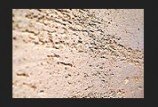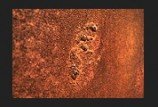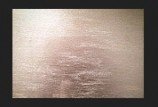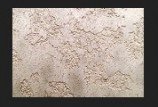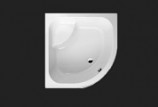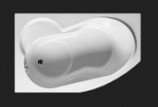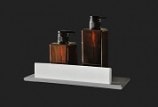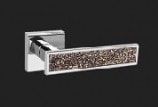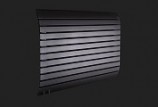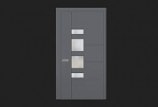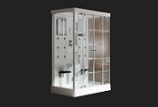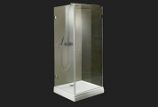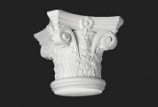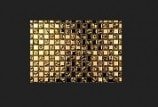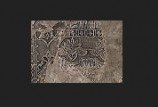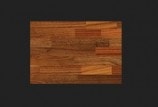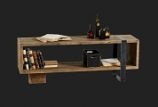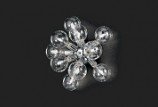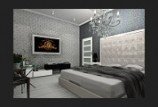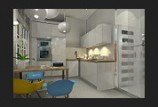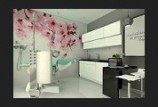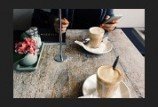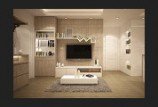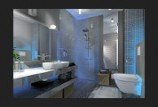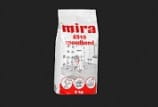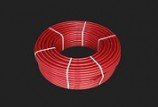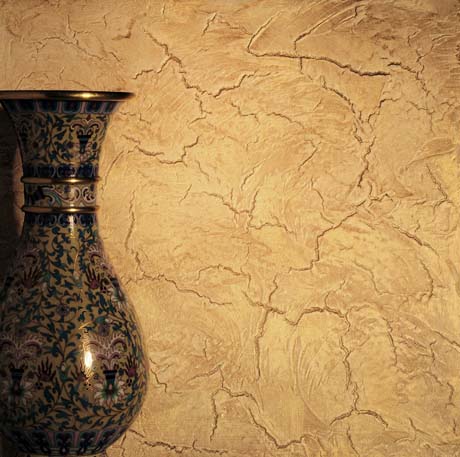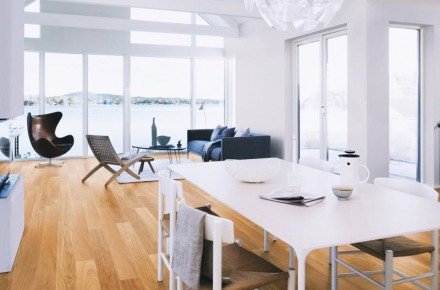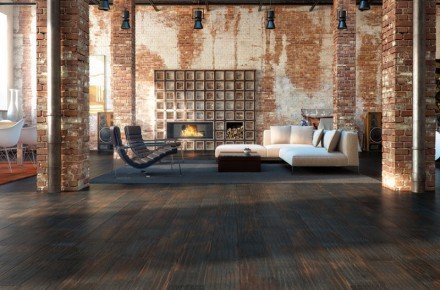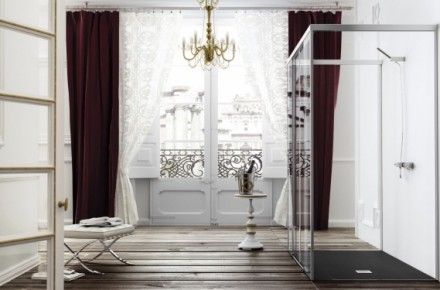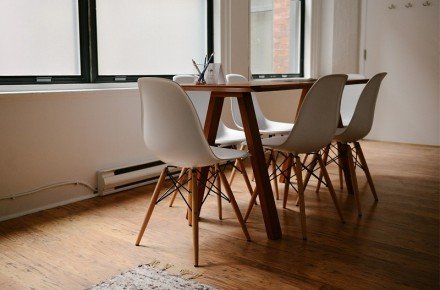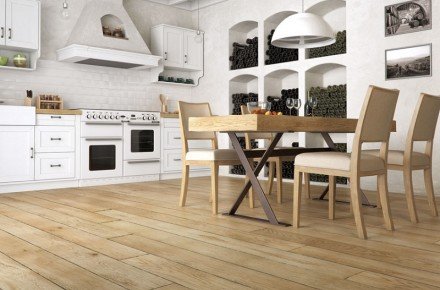Crackle is the name of a variety of techniques whose objective is to achieve the effect of cracked surface. These methods have found wide application in the arts, but also in the interior design, because with suitable formulations crackle effect can be achieved on virtually any surface, which also applies to the walls, ceilings or small architectural elements.
A typical application of preparations for cracks is to use it to give an artificially old look to elements and I must admit that this objective is relatively easy to achieve. However, it is important to maintain a proper technique. It is not only the selection of appropriate preparations and contrasting colors. It is important to allow the layers of formulations to dry, and to apply the further layers in the correct direction, since only then you have control over the size of the resulting “fragments” and the overall appearance of the element. In the case of interior design you should obey exactly the same principles, but the scale is usually different than in the decorative arts.
Crackle effect can be used to finish any interior, both on a small and quite large areas. It is very important to choose paint colors so that it will be easily visible, because even in the distant tints of the same part of the palette effect may not be too visible. Surfaces on which the Crackle effect was applied can be creatively used as a separate element of the arrangement or a part of a more complex combination of elements. Freedom of colors and a lot of options when it comes to the enrichment of this technique are its additional advantages.
WHY CRACKLE?
- Preparations for cracks are ready, easy-to-application water-based materials. This means that it is not only is easy to achieve similar effect on your own, but even cleaning of the used tools will not be a problem.
- Cracks presents fine in both large and small scale, so it can be applied to any surface, wherein additionally you can, by manipulating the direction of the paint, choose between large and small cracks.
- The effect of cracks can be obtained on any surface. The preparation itself is applied only to the coat of backing color paint, so you do not need to perform any additional operations beside the initial painting. Preparation for cracks has a good grip, is colorless, light and efficient.
- Although this is a fairly well-known effect in interior design it is still used rarely or only in conventional color combinations. Since in this case full palettes of color paints matters and are used on this occasion, the possibility of creating your own color conventions are really huge.
WHAT TO DECORATE WITH THE USE OF PREPARATION FOR CRACKS?
Crackle is ideal for decorating both large and small areas, which gives a lot of space for manovers when making arrangements. A catalog of ideas of crackle use is always open:
- Small parts can be painted in such a way to make them be a part of a larger whole, eg. to get cracks only on the part of the wall, which will be the background for the exhibition of sculptures and paintings;
- The entire wall can be covered with cracks as well obtaining this way an interesting visual effect of paint showering. The resulting cracks are quite durable, so fo real, of course, nothing will fell off, but the resulting effect is what matters, and the better the craks the greater the final effect;
- Preparation for cracks can be used to artificially make things look older, for example, plaster stucco. To do this, you only need to choose the right colors to get the illusion of a peeling paint. In fact, a similar effect can be achieved on any object that can be painted with a base paint.
HOW TO GET BEAUTIFUL CRACKS?
To ensure the durability of the substrate, it must be primed with quartz primer. Next, apply the paint of Murimal 200 or Ekorsil family on the dried primed surface and if necessary, apply a second coat as well, although this is not necessary: there will be only “cracks” in the base color paint. The cracks formulation is applied to the dried paint layer, and after it has dried you should apply a layer of paint in the color contrasting to the backing. The paint will dry out on the surface, creating the characteristic “spots” – the color of the last layer is dominant.
For the cracks to be as clear as possible, the last layer of paint should be applied with one, firmly move. Each subsequent amendment increases the chance of painting over the formed cracks, which may not be visible immediately after application of the paint, but will appear along with it drying out.
[show_gallery images_in_a_row=”4″ galleryid=”192″][/show_gallery]


